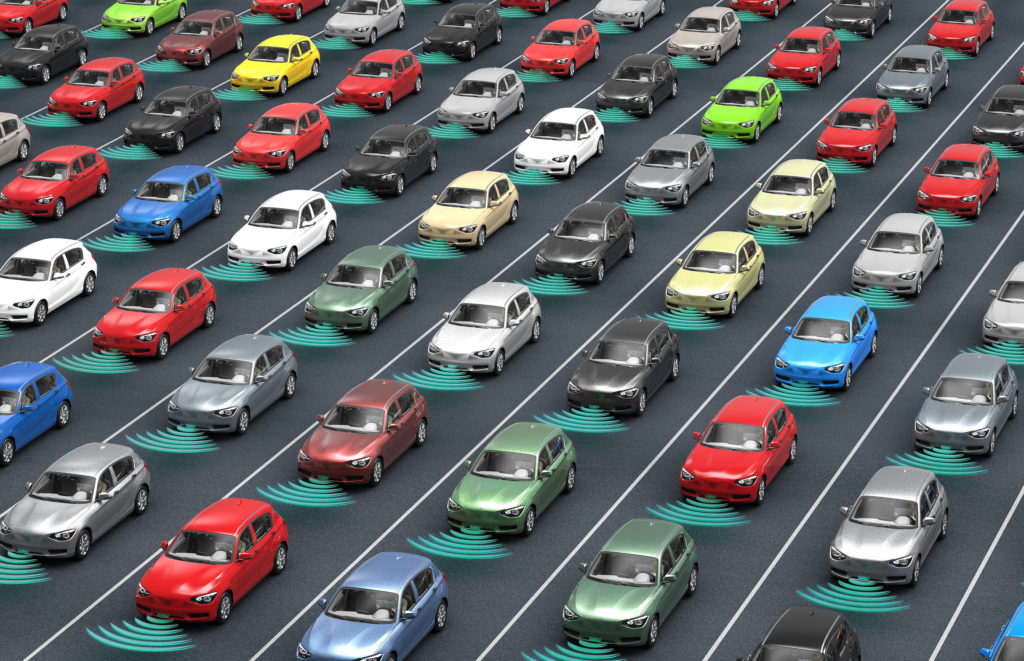While many believe the autonomous vehicle (AV) is a form of artificial intelligence (AI) that could ultimately help reduce the number of people killed and injured on the roads each year, it seems that fatalities are inevitable.
Last week, 49-year-old Elaine Hertzberg was struck and killed by an Uber self-driving vehicle in Tempe, Arizona. Although police are still investigating and haven’t determined whether the car was at fault, a video from the vehicle’s dashboard camera shows that the human safety driver present in the Uber vehicle was not watching the road and did not have his hands hovering above the steering wheel, as instructed in case there’s a need for intervention. This is the first death caused by a self-driving car.
Uber’s Struggling Self-Driving Cars
The crash was a major setback for Uber, although even months ago its self-driving car project was falling short of expectations. Among other issues, Uber’s autonomous vehicles were having trouble driving through construction zones and alongside tall vehicles, and its human safety drivers had to intervene far more frequently than the drivers of competing autonomous car projects.
As of March, Uber was struggling to meet its target of 13 miles per intervention in Arizona. Meanwhile, in tests on California roads last year, Waymo reports its cars went an average of nearly 5,600 miles before the driver had to take control. Waymo is now testing in Chandler, Arizona, with no safety drivers.
Testing Comes to a Screeching Halt
Sure that the market for self-driving cars could be worth trillions of dollars, tech companies like Uber and Waymo, as well as automakers like Toyota, Ford and General Motors, have spent billions in development.
In fact, just weeks before Hertzberg’s death, The Economic Times reported that Uber and Toyota had been collaborating on self-driving systems, negotiating a possible deal for Toyota to use Uber’s automated driving technology in one of their minivan models. A Toyota spokeswoman said the company had been regularly exchanging information about automated driving with Uber for some time.
However, since the incident, Uber’s autonomous vehicle trials across North America have been halted and Toyota has decided to pause their Chauffeur mode testing on public roads.
Ford has made no changes to testing operations and GM still plans to roll out its commercial service in 2019.
Resources
Kokalitcheva, Kia, and Fried, Ina. (20 March 2018). Some self-driving car companies hit brakes on tests after fatality. Axios.
Symons, Xavier. (25 Mar 2018). A self-driving car killed a pedestrian. What now? BioEdge.
Wakabayashi, Daisuke. (24 Mar 2018). Uber’s self-driving cars were struggling before Arizona crash. The Economic Times.
Reuters. (19 Mar 2018). Toyota in talks with Uber on self-driving tech. The Economic Times.



Here’s the thing – self-driving cars do not need to be perfect in order to replace humans; they just have to be better than we are, and they pretty much are in 90% of cases. If given the choice between driving with a random stranger or driving in a self-driving car with no driver controls, I’d take the self-driving car any day of the week.